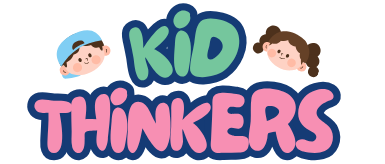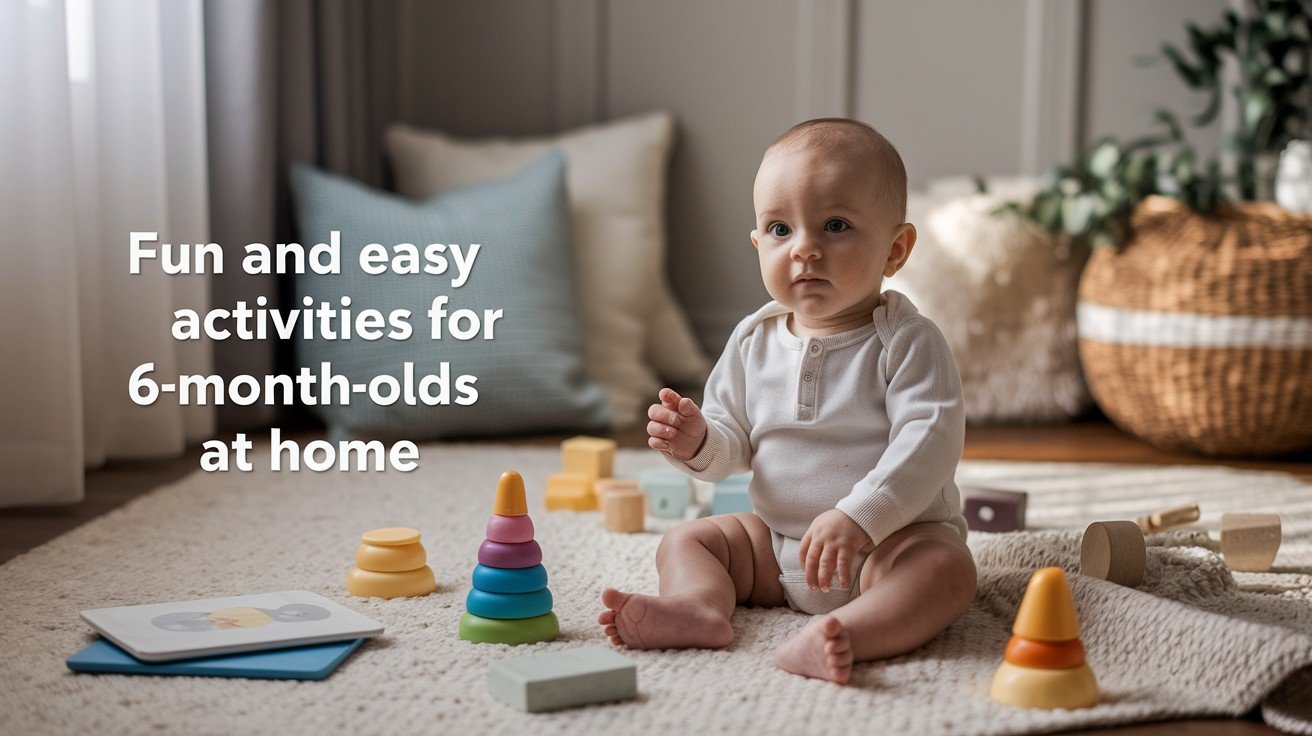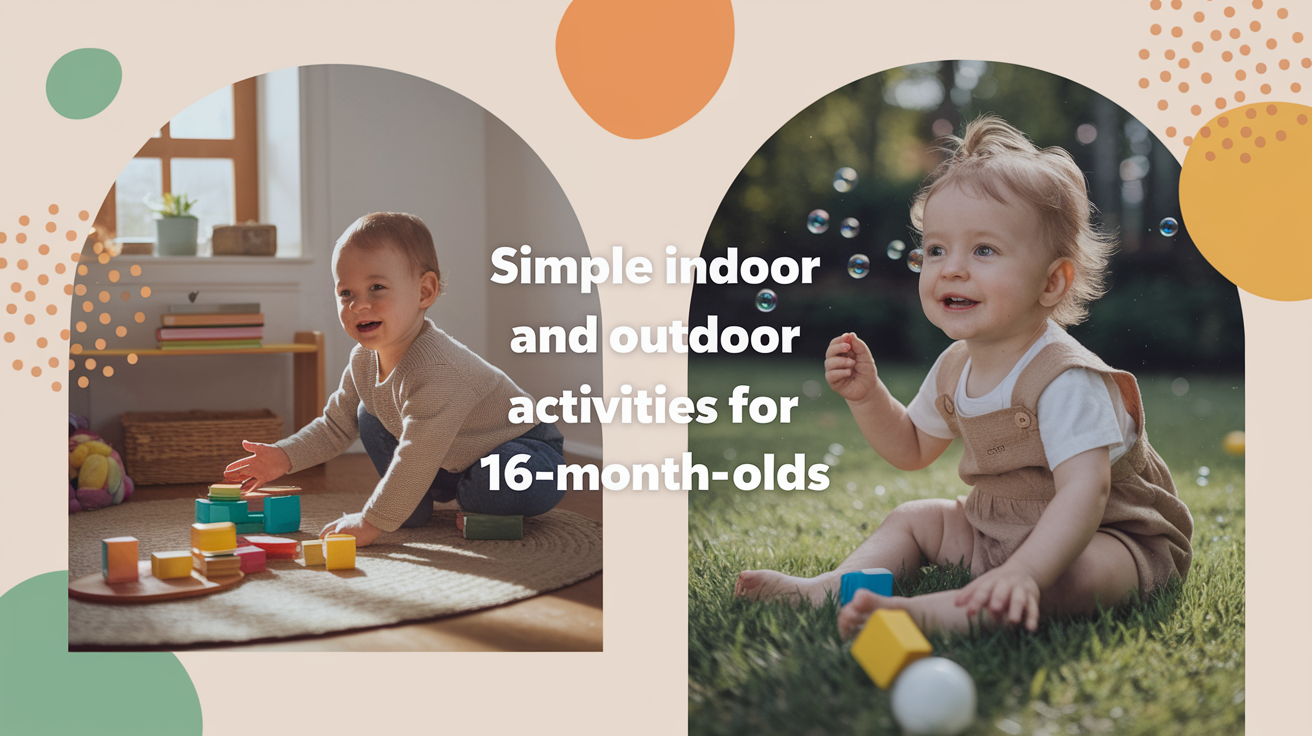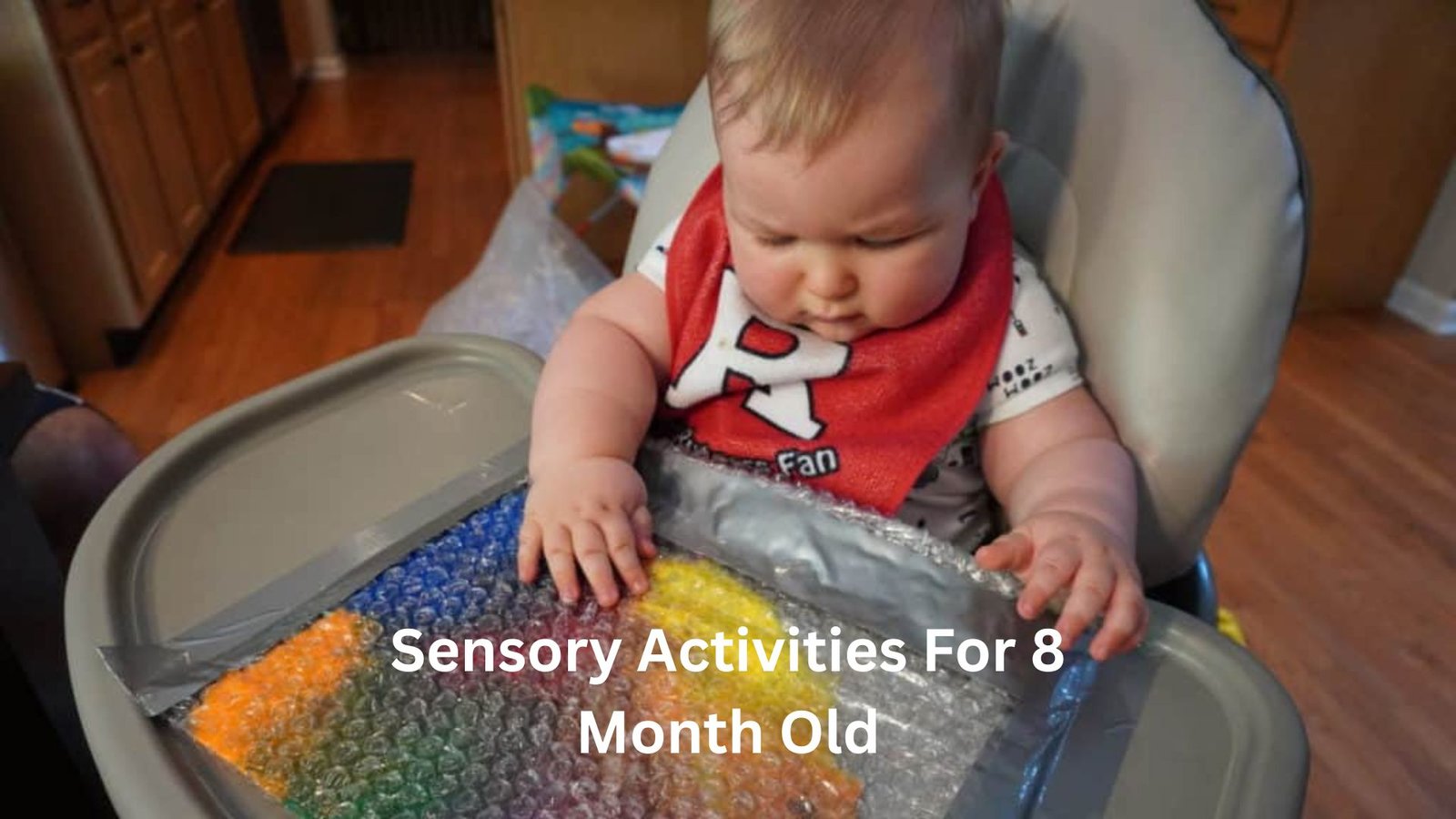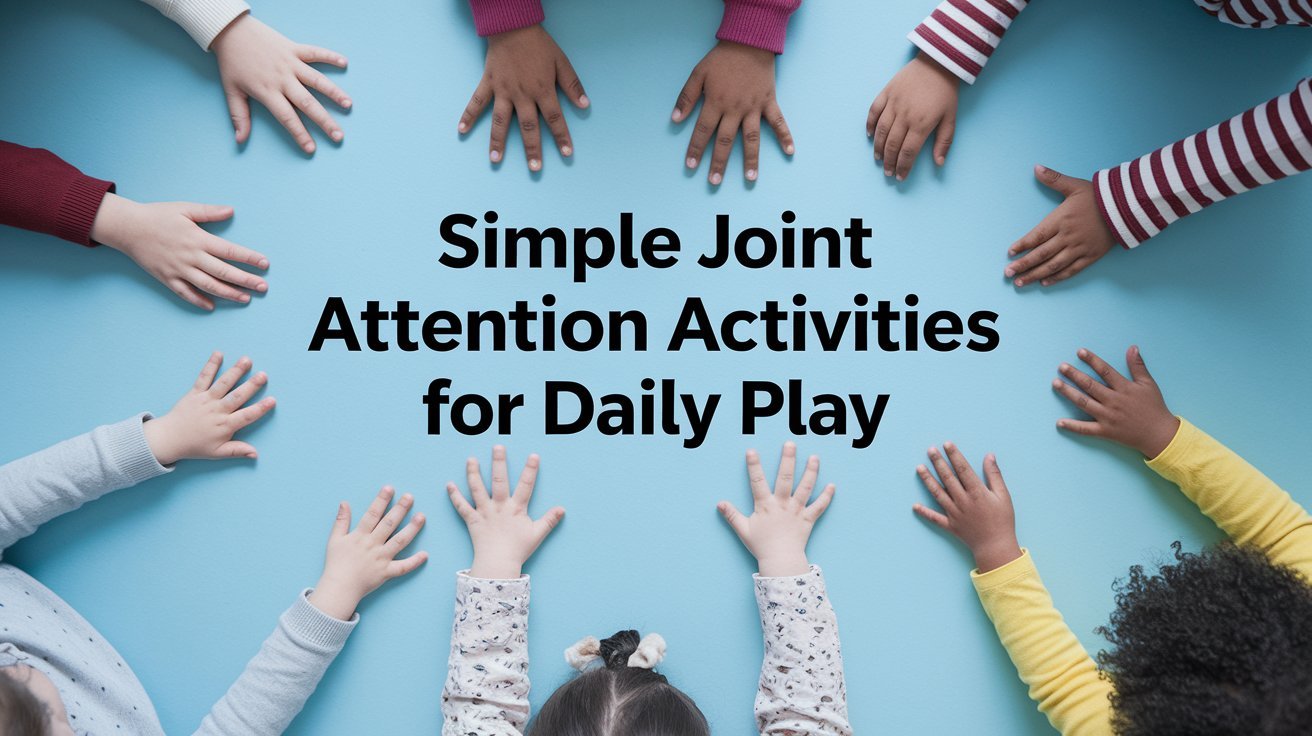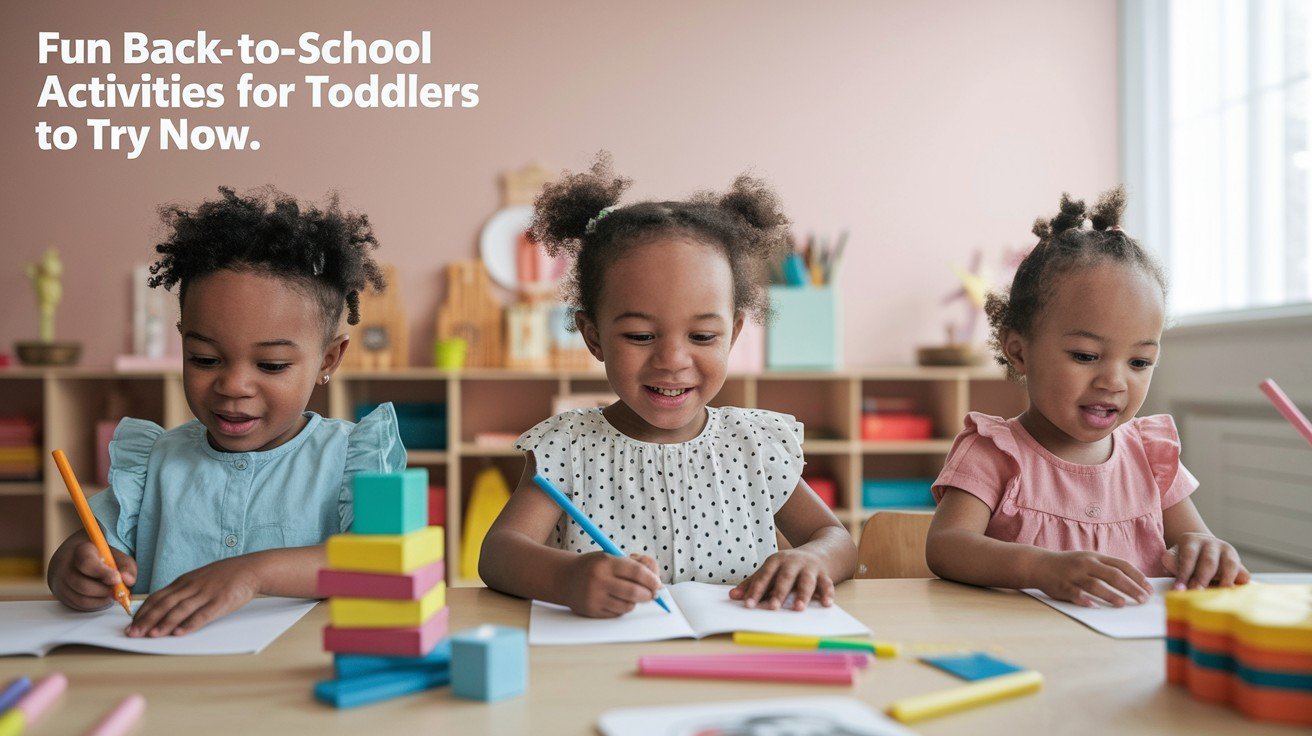Your six-month-old develops fast. They sit up, they grab everything, and they light up when they see your face.
With each single movement, sound, and touch, connections are now building inside your baby’s brain. The right activities can strengthen muscles and improve coordination. They prepare them as well for crawling and talking.
For years, I worked alongside infants and their families, viewing what truly helps babies grow. Toys that are expensive are not a necessity. Complex preparations are likewise not required. The activities that use items found at home are mostly effective ones.
This guide shows you exactly what to do and also which skills each activity builds now. It also shows how to adjust according to your baby’s needs. Following developmental guidelines, real homes have tested these activities.
Support your baby’s growth in ways that truly count.
Activities for Your 6-Month-Old
These activities work because they match what your baby is ready to learn right now. I’ve seen each one help babies develop new skills while keeping them happy and engaged.
Tummy Time with Mirror
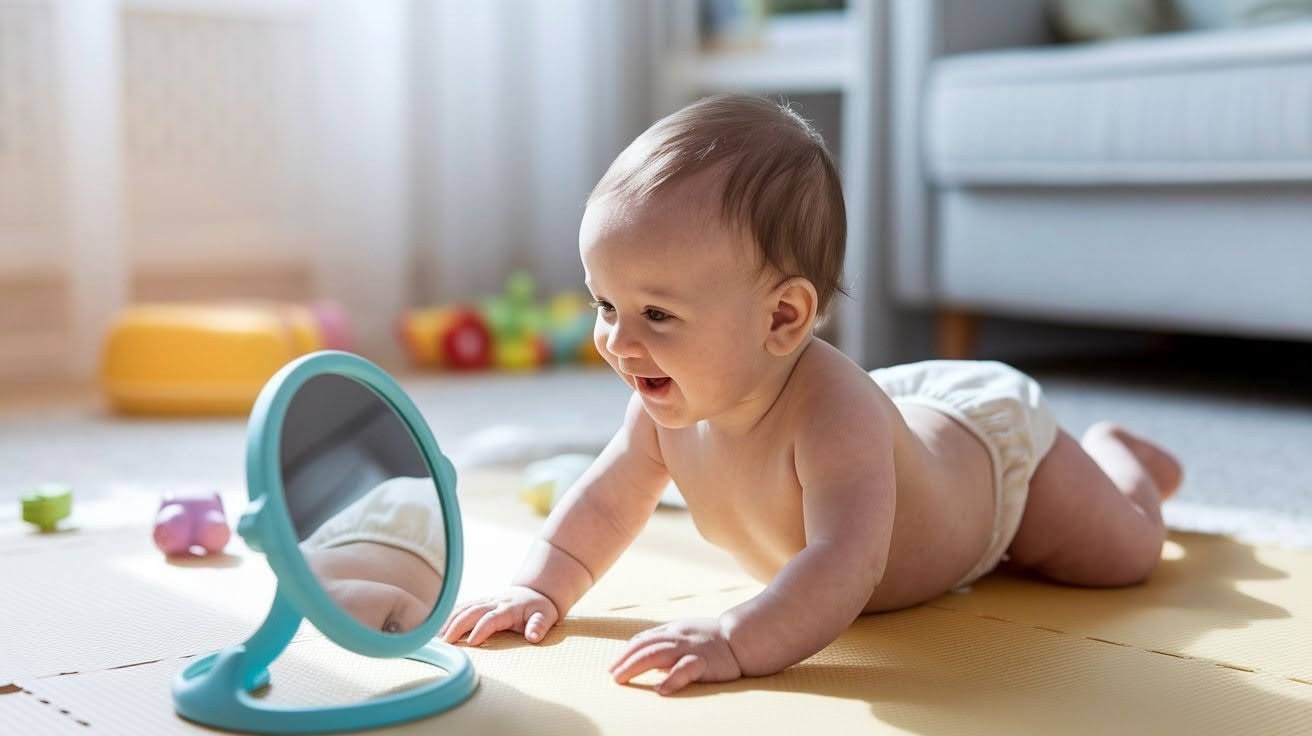
Babies can’t resist looking at themselves. Put a mirror in front of your baby during tummy time and watch what happens.
Place a baby-safe floor mirror on the ground where your baby can see it clearly. They’ll work harder to lift their head and push up on their arms just to get a better look. This builds neck and back muscles while teaching self-recognition. You can use the same mirror horizontally now, then switch it to vertical later when your baby starts standing and getting dressed.
The feedback is instant. Your baby sees their own movements and starts connecting what they do with what they see. This simple setup keeps tummy time interesting when your baby might otherwise fuss.
Texture Basket Exploration
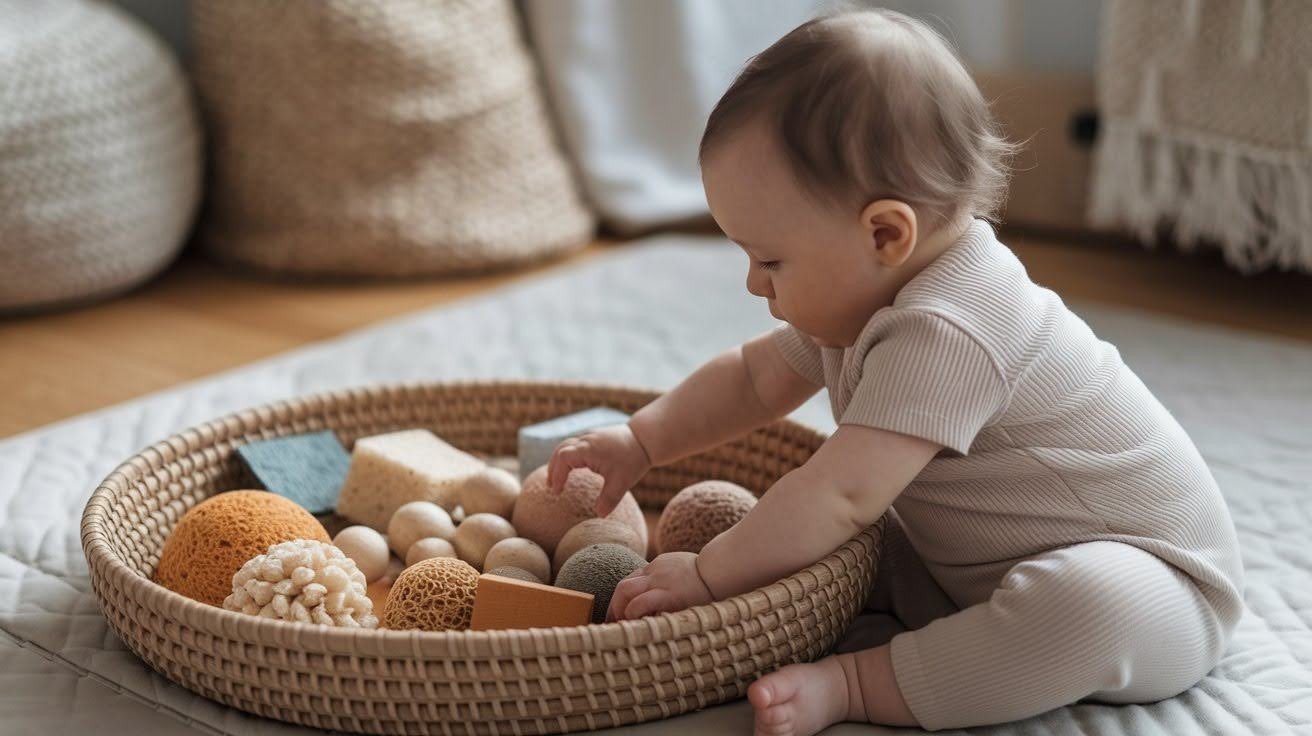
Your baby wants to touch everything. Give them safe options with different feels. Fill a small basket with fabric samples in different textures. Smooth silk, rough burlap, soft fleece, bumpy corduroy. Let your baby grab, squeeze, and mouth each piece.
This develops their sense of touch while building grasping skills. Sometimes the basket itself becomes the main attraction, and that’s fine too.
Babies learn through their hands and mouths at this age. Different textures tell the brain new information with every touch. You can find fabric scraps at craft stores or cut up old clothes you don’t need anymore.
Stacking Cups and Blocks
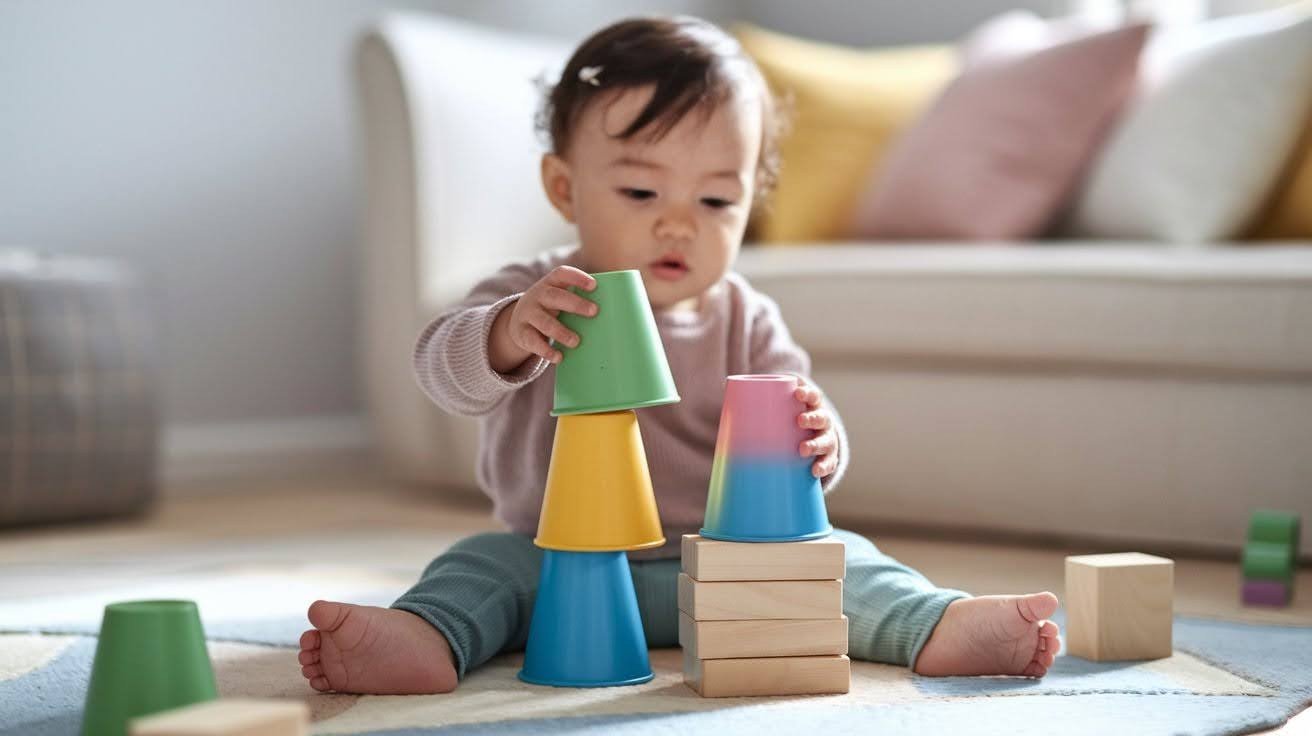
Knocking things down is way more fun than building them up. At least for your baby. Stack a few cups or soft blocks and let your baby bat them over. They’ll learn that their actions cause things to happen.
Start with just two or three items so success comes quickly. As your baby gets better at reaching and hitting, add more to the stack.
This simple game builds hand-eye coordination and teaches cause and effect. Your baby swings their arm, the tower falls, and they realize they made it happen. Do it again and again. Repetition is how babies learn.
Interactive Board Books
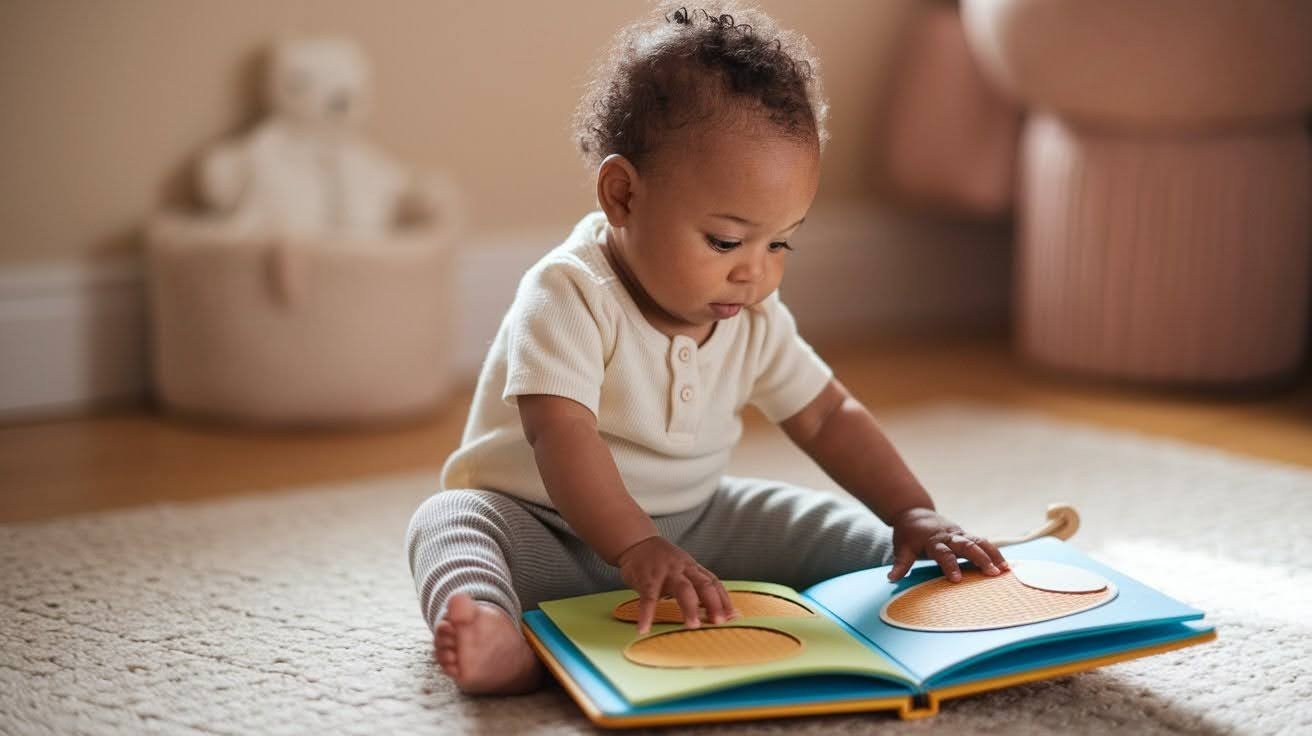
Books aren’t just for reading. At six months, they’re toys that happen to have words. Choose board books with different textures, flaps to lift, and bright colors. Read slowly and point to the pictures.
Let your baby grab the pages and help turn them, even if they skip half the book. Go at their pace, not yours. Give them time to stare at each page and take it all in.
This builds language skills even though your baby can’t talk yet. Every word you say gets stored in their brain for later. The bonding time matters just as much as the words on the page.
Household Object Basket
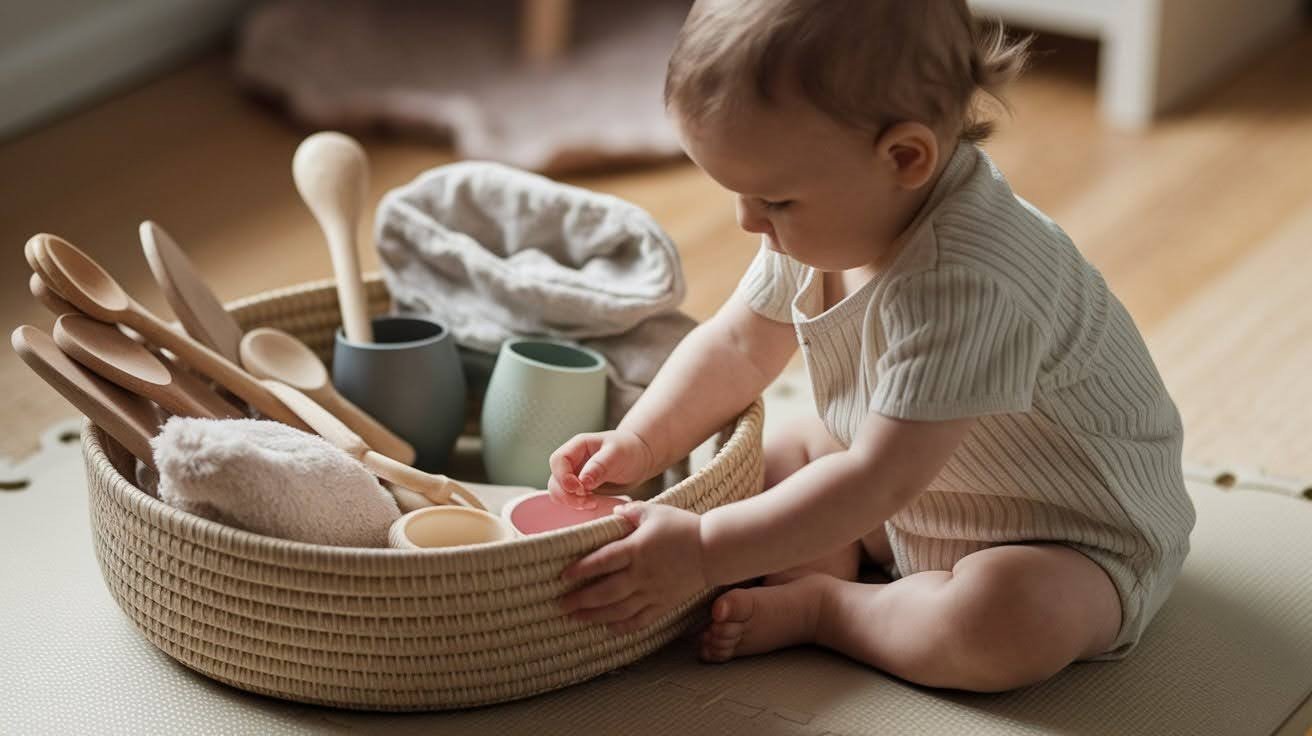
Your kitchen has better toys than most toy stores. Babies think so anyway. Put safe kitchen items in a basket. Wooden spoons, a whisk, measuring cups, and a silicone brush. Let your baby find each one.
They’ll shake, bang, mouth, and drop these items over and over. Swap out items every few days to keep things interesting. Just make sure nothing is small enough to be a choking hazard.
This costs nothing and supports development without buying toys. Your baby doesn’t know the difference between a wooden spoon and an expensive rattle. They just want something new to find.
Musical Instruments and Sounds
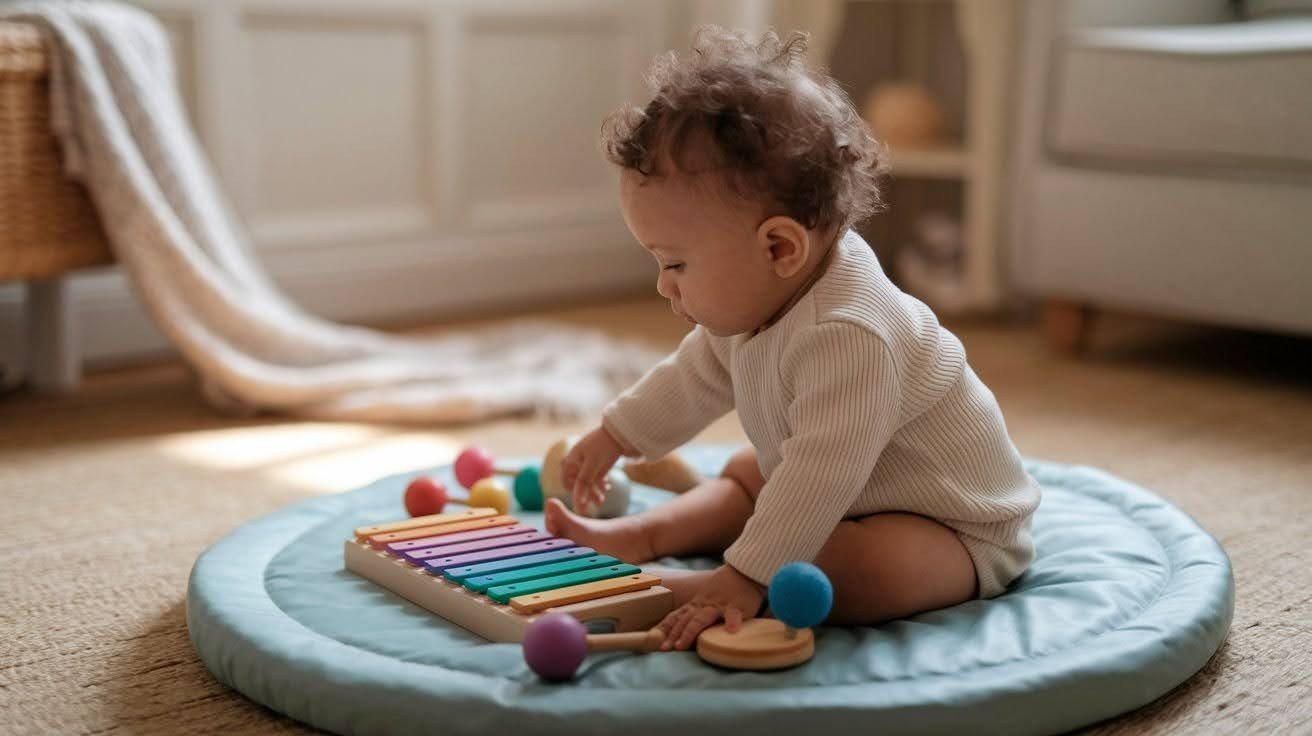
Babies love making noise. Give them tools to do it. Hand your baby rattles, bells, or shakers. Even a wooden spoon and a metal bowl work great. Let them bang and shake to their heart’s content.
This develops listening skills and hand strength while teaching rhythm. You can also play music during floor time or tummy time to add sound to their play.
The louder, the better as far as your baby is concerned. Each sound they make teaches them about cause and effect. They’re learning they can control their environment through action.
Baby-Safe Water Play
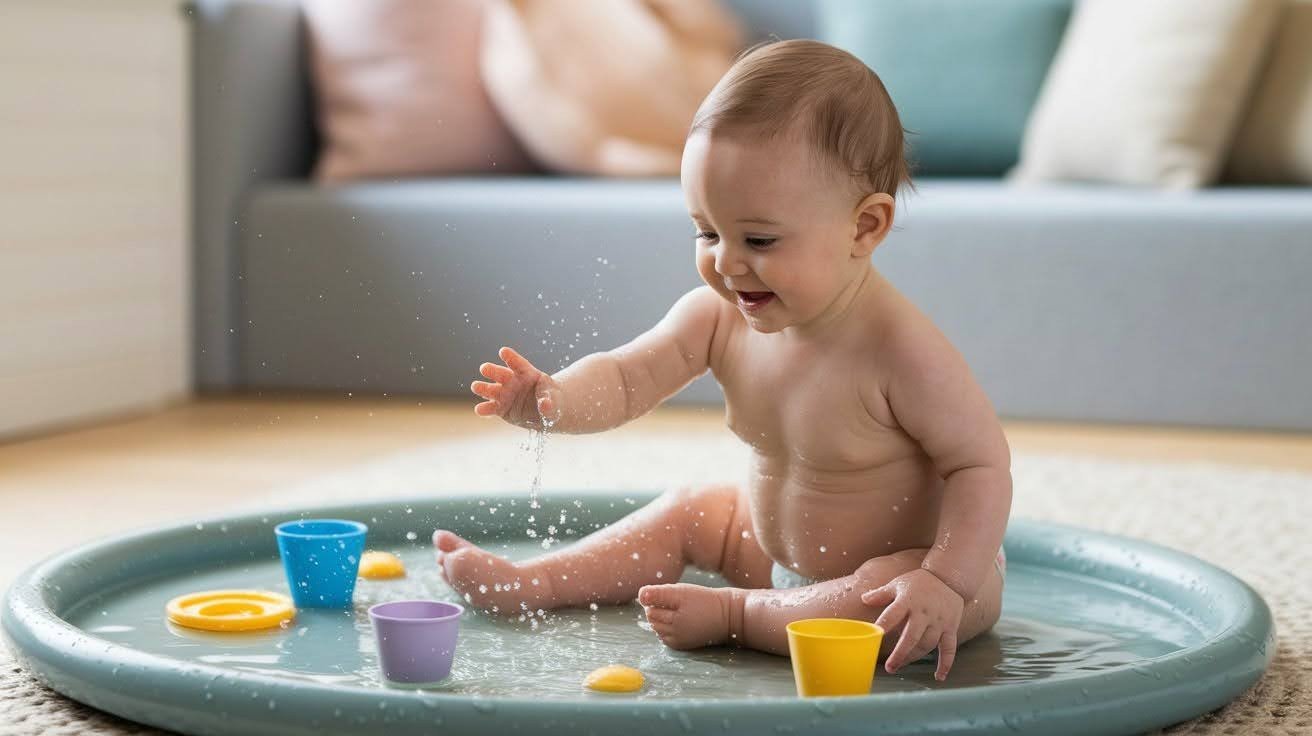
Water feels completely different from anything else. That’s why babies find it so interesting. Take a low-rimmed baking sheet outside and fill it with lukewarm water. Lay down a blanket you don’t mind getting wet.
Put your baby on their tummy within reach of the water. They’ll splash, slap, and find this new sensation. Water play works multiple senses at once while building hand strength.
Always supervise water activities closely. Use lukewarm water, not cold, so it feels comfortable. This works best on warm days when getting wet won’t chill your baby.
Singing Nursery Rhymes
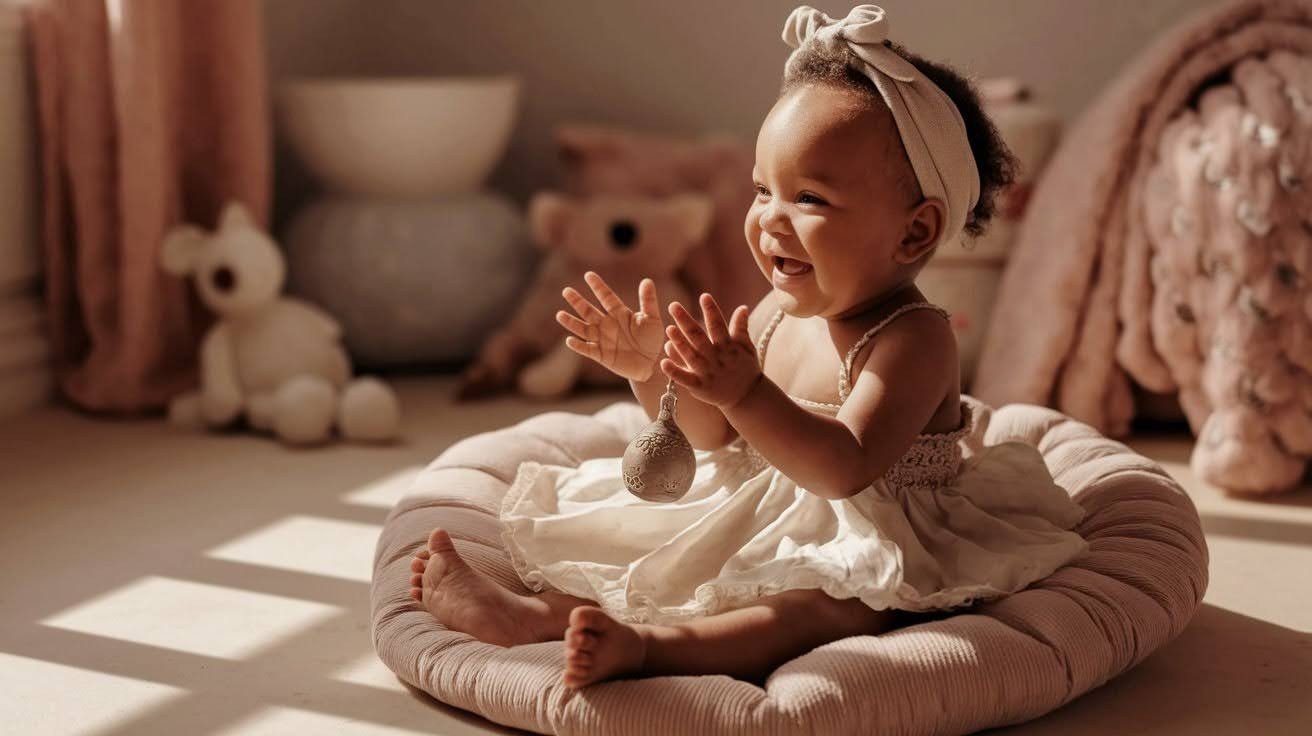
Your voice is your baby’s favorite sound. Use it often. Sing familiar songs to your baby throughout the day. It doesn’t matter if you can’t carry a tune. Your baby doesn’t care. Sing during diaper changes, before naps, or while cooking dinner.
They’ll start recognizing songs and may calm down when they hear their favorites. This builds language skills, memory, and creates calming routines.
Songs with repetition work best because babies learn through hearing things over and over. The rhythm and melody make language easier for the brain to process and remember.
Peekaboo Games

This classic game teaches a concept your baby is just starting to understand. Things still exist even when you can’t see them. Cover your face with your hands or a blanket, then reveal yourself with a smile and “peekaboo!”
Your baby will love the surprise and anticipation. Once they get the hang of it, try hiding toys under a blanket for them to find. This teaches object permanence, a major cognitive milestone.
The game seems simple, but it’s building important brain connections. Your baby is learning that things don’t disappear forever just because they’re hidden. This understanding helps with separation anxiety later.
Tips for Successful Activities with Your 6-Month-Old
I’ve learned what makes activities work through trial and error with real babies. These tips come from watching what succeeds and what flops.
- Always supervise your child during activities. Small items can become choking hazards in seconds. Choose materials based on your baby’s specific habits because some six-month-olds still mouth everything while others are past that stage. Stop any activity immediately if your baby tries to eat something unsafe.
- Watch your baby’s cues and follow their lead. Some babies love texture baskets while others prefer musical toys. One baby might do tummy time for fifteen minutes while another gets frustrated after five. Both are normal. Let your baby show you what they’re ready for and interested in because every baby develops at their own pace.
- Keep activity sessions short and sweet. Five to ten minutes is plenty for most activities, and quality beats quantity every time. Watch for signs your baby is done, like looking away, fussing, or arching their back. Stop before frustration sets in, so activities stay fun, and remember that multiple short sessions throughout the day work better than one long one.
- Use items you already have at home. Kitchen utensils, fabric scraps, empty containers, and boxes work just as well as store-bought toys. Check your home before buying anything new and incorporate activities into your routine, such as diaper changes, meal prep, or laundry time, to make activities sustainable for busy parents.
- Talk to your baby throughout activities. Narrate what you’re doing, make eye contact, and respond when they make sounds. Show excitement when they accomplish something because these moments build connection and teach language, even though your baby can’t talk back yet. Rotate activities throughout the week instead of trying to do everything every day to keep your baby interested without causing overstimulation.
Conclusion
Your six-month-old has no need for complex setups or for fancy toys if they are to grow smarter and stronger. For 6-month-old babies, the activities seem simple. Items are already present in your home.
I have watched these activities assist so many babies as they develop all of the skills they need in order to crawl, talk, and explore. You build muscle strength, sensory awareness, and brain connections every time that you play together. Connection is as important as the activity.
Try a couple of favorites this week at first. Note what your infant likes. Follow along with their cues, keep all sessions rather short, and stop even when they are done. Doing this in a perfect manner is impossible.
Which activity will you try first? Please do comment down below and do tell me how it all goes.
Frequently Asked Questions
What activities can I do with my 6-month-old at home?
Try tummy time with a mirror, texture basket exploration, stacking cups to knock down, reading board books, household object baskets, musical instruments, water play, singing nursery rhymes, and peekaboo games. Most use everyday household items.
How long should activity sessions last for a 6-month-old?
Keep sessions between five and ten minutes. Watch for signs your baby is done, like looking away, fussing, or arching their back. Multiple short sessions throughout the day work better than one long session.
Do I need to buy special toys for my 6-month-old?
No. Kitchen utensils, fabric scraps, empty containers, and boxes work just as well as store-bought toys. Most effective activities use items you already have at home, saving money while supporting development.
What skills should my 6-month-old be developing?
Six-month-olds typically work on sitting up, reaching and grasping objects, transferring items between hands, recognizing faces, responding to their name, and beginning to understand cause and effect through play.
How do I know if an activity is safe for my 6-month-old?
Always supervise activities. Avoid small items that could be choking hazards. Choose materials based on your baby’s habits. Stop immediately if your baby tries to eat something unsafe. Use age-appropriate, baby-safe materials only.
